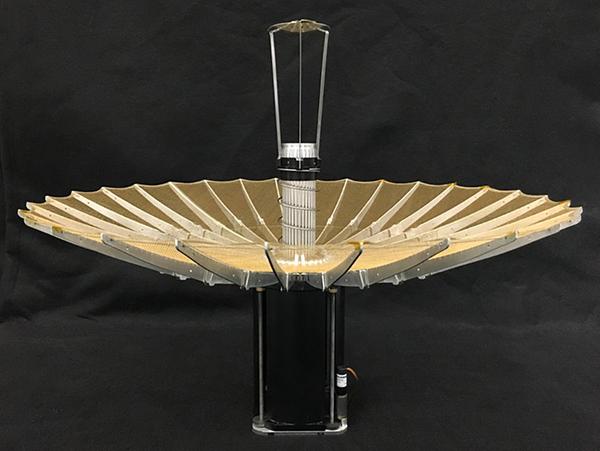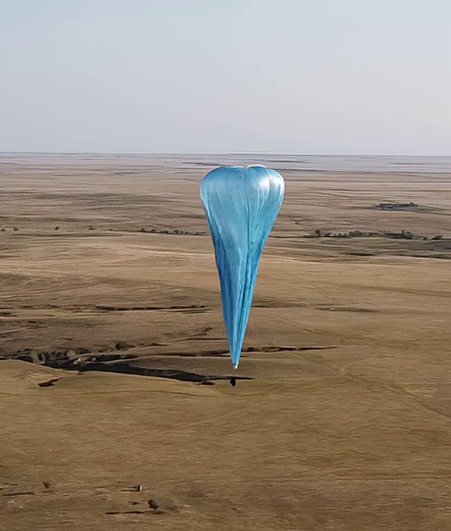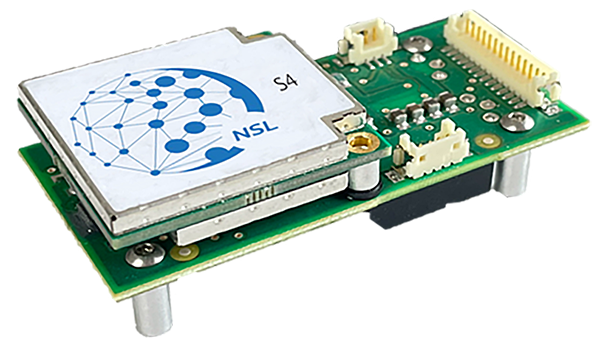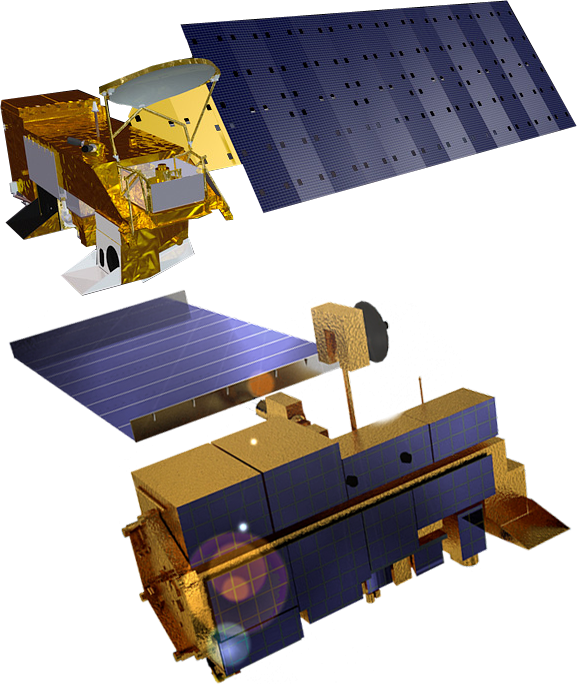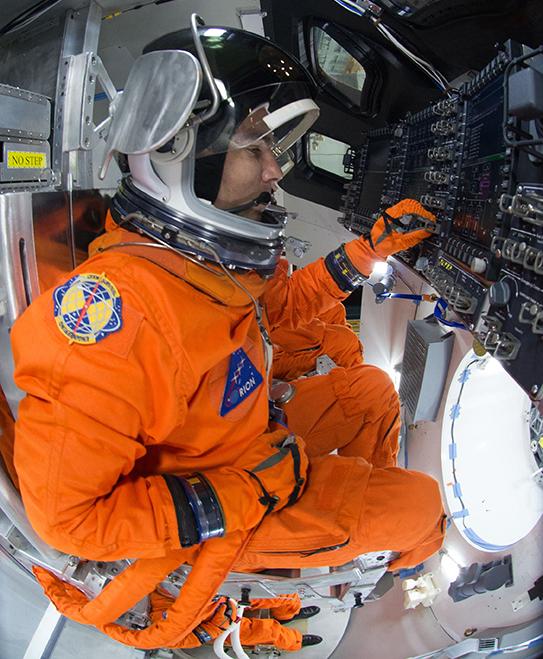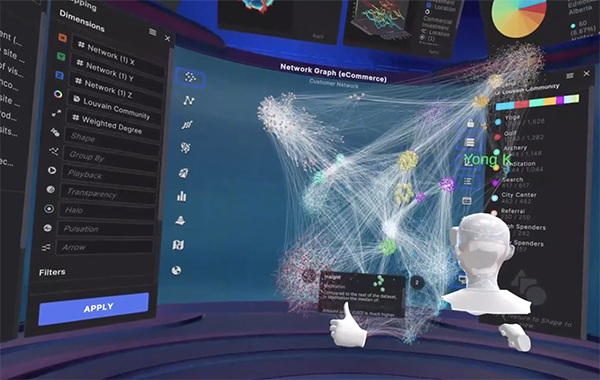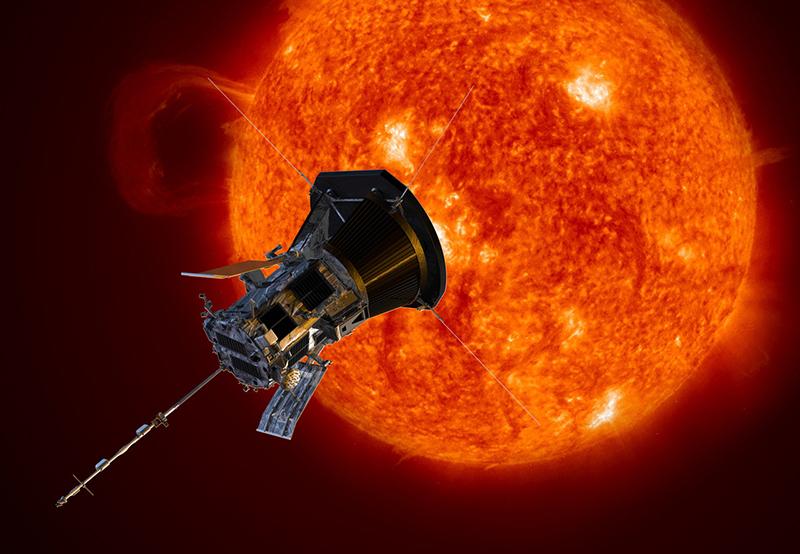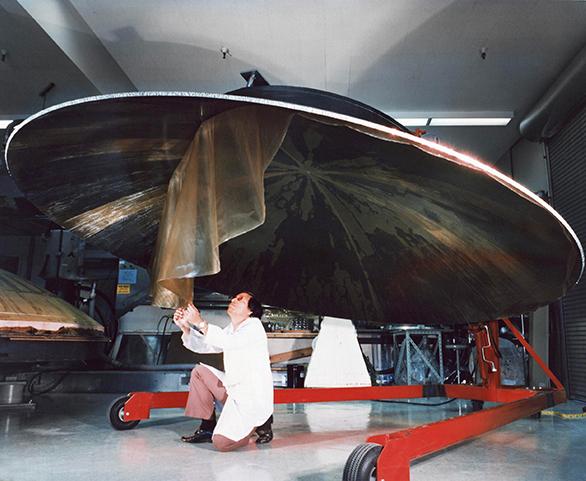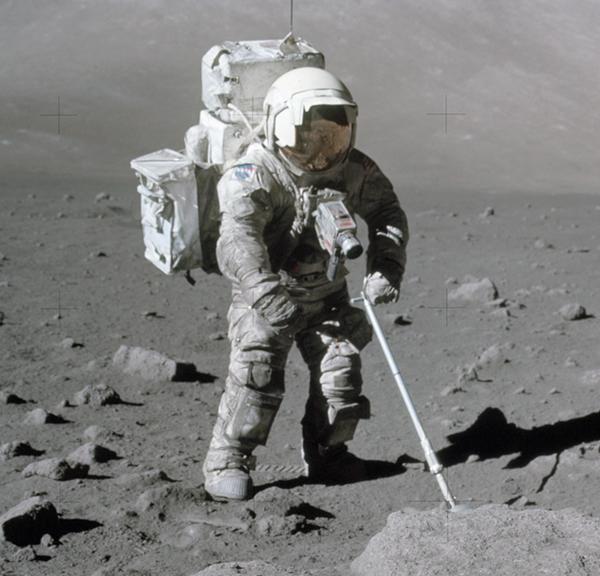Mathematical Innovation
Requirements for testing and flight certifying the Space Shuttle Main Engine have spawned a new data analysis and visualization software package.
Through the Small Business Innovation Research (SBIR) program at NASA's Stennis Space Center, MathSoft, Inc., in Seattle, Washington, has developed a system that will provide the building blocks for signal analysis and rapid prototyping. Under the SBIR work, an add-on module to MathSoft's S-PLUS® software has been created. MathSoft develops, markets, and supports technical calculation and data analysis software productivity tools for professionals, students, and educators. The patented S-PLUS® software program is one of the most powerful data analysis software packages presently available.
The SBIR-spurred product, called S+Wavelets®, allows users to perform advanced data visualization and analysis, nonparametric statistical estimation, signal and image compression, signal processing, and to prototype new and faster algorithms. S+Wavelets® can help NASA develop a complete understanding of propulsion test data by using time frequency displays, automatic estimation and de-noising, and data analysis plots for wavelet decomposition. This type of analysis tool is ideal for engineers and scientists and capable of decomposing signals and images into components at different scales and frequencies.
MathSoft was looking for a way to enhance and improve the computational properties, efficiency, and accuracy of mathematical solutions. S+Wavelets® provides analytic and computational properties for this purpose. A number of techniques have been developed to effectively use the unique properties of wavelets. Before S+Wavelets®, scientists and engineers wrote their own code, as there were no commercial wavelet research applications available at that time to support their needs. The Stennis SBIR award provided the resources to create S+Wavelets® and its properties to use waveforms that are localized in time, space, and frequency. In general, the largest benefit of wavelet packets will be seen in the analysis of signals and images with natural oscillations/frequencies. NASA has discovered it is often much easier to remove the noise in the wavelet domain rather than the original domain.
With S+Wavelets®, MathSoft has combined the utilities of the wavelet functions into one comprehensive collection. This has resulted in an efficiency that far exceeds any other mathematical capability known to exist today. The system uses filters to optimize building blocks into which a signal is to be decomposed. These results are used to help interpret the wavelet coefficients and evaluate the decomposition. S+Wavelets® does this by using exploratory signal analysis or rapid prototyping.
As a module of S-PLUS®, S+Wavelets® allows users to develop a thorough, penetrating analysis of signal, time series, or image data. The tool kit offers more than 500 analysis functions within an object-oriented environment. Available for both Unix and MS-Windows platforms, S+Wavelets® is now being commercially sold separately or as an integrated portion of the S-PLUS® software package. Under the same SBIR work, the book Applied Wavelet Analysis with S-PLUS® was written.
MathSoft believes the marketing of S+Wavelets® software will soar as wavelet analysis proves to be powerful in easing certain types of computational problems, such as matrix algebra. Various integral and differential equations, when expressed in digital form for a computer, can be solved using matrix algebra.
This mathematical innovation, thanks to NASA's SBIR program, is proving beneficial to scientists and engineers in industry and the government, and is an important software tool for educators and students to solve the most complex of technical problems.
S-PLUS® and S+Wavelets® are registered trademarks of MathSoft, Inc.
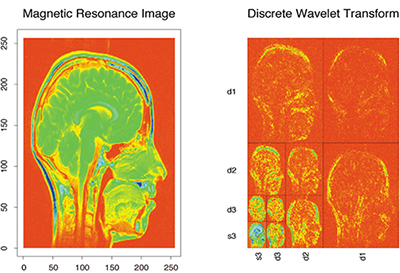
MathSoft, Inc.'s software is capable of decomposing signals and images into components at different scales and frequencies.





